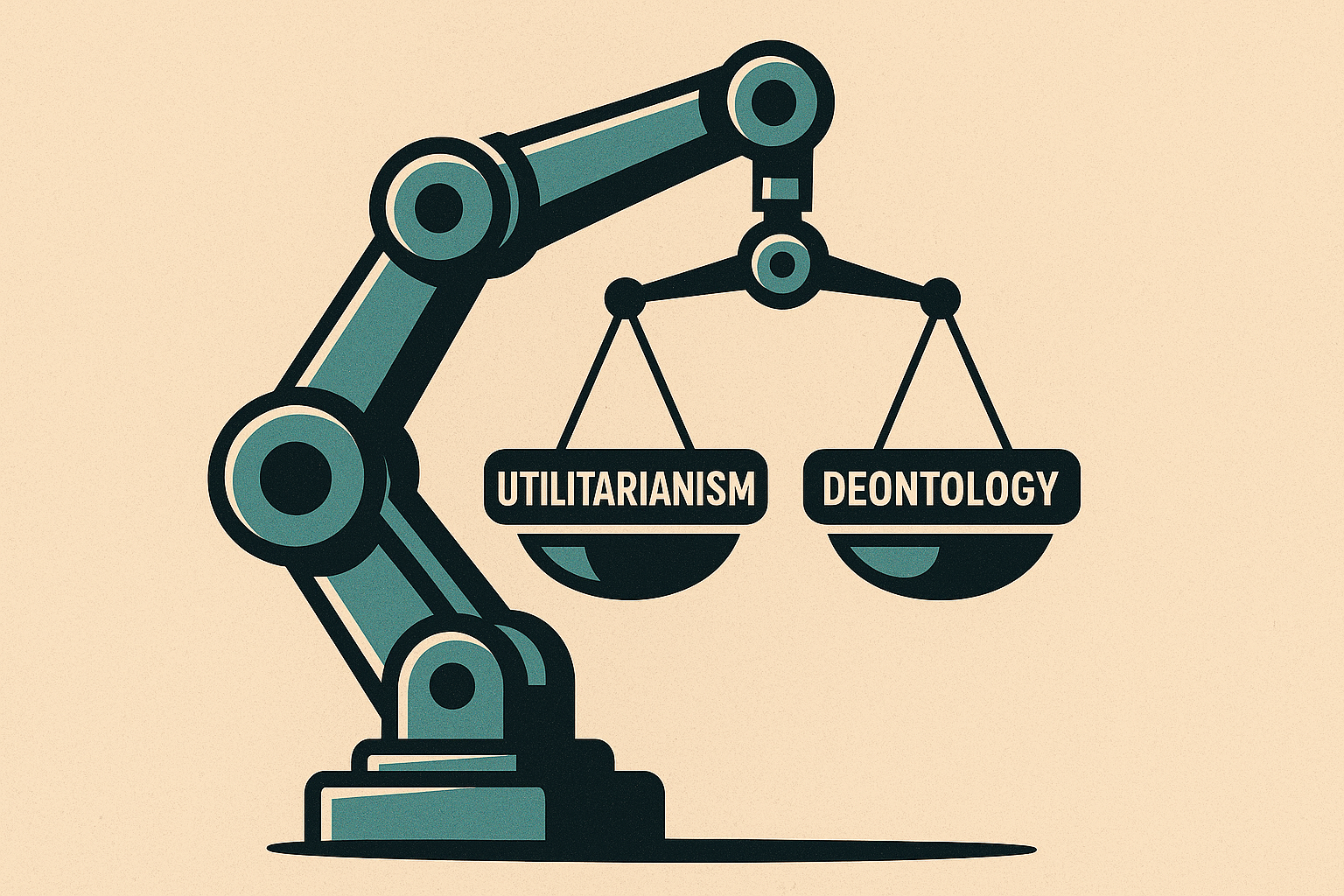As robots and autonomous vehicles (AVs) become integrated into daily life, they are increasingly faced with situations demanding moral judgment. Unlike simple programming, these scenarios often involve 'trolley problem' dilemmas where all outcomes carry a cost.
The core challenge lies in translating human ethical frameworks—such as utilitarianism (greatest good for the greatest number) or deontology (rule-based duty)—into computable algorithms. This is crucial for establishing trust and legal accountability in complex robotics applications.
Autonomous systems must prioritize actions in real-time. For instance, an AV facing an unavoidable accident must decide between minimizing property damage and minimizing human harm. Should it protect the occupant or the pedestrian? These decisions are currently being defined by regulatory bodies and are embedded into the robot's core decision tree, often resulting in pre-programmed trade-offs.

Key ethical considerations for developers include:
Ultimately, public trust hinges on **transparency**. Users and regulators need to understand *why* an AI made a critical ethical decision. This necessitates explainable AI (XAI) models, moving beyond 'black-box' systems to validate that the robot adheres to acceptable moral standards.
The integration of ethics into robotics is not just a technical challenge; it's a societal one. It requires a continuous feedback loop between philosophers, engineers, policymakers, and the public.
By investing in robust ethical design, we ensure that the rise of autonomous systems contributes positively to human safety and prosperity, rather than becoming a source of unpredictable risk.
The future of robotics will be defined not just by what robots *can* do, but by the moral code we choose to embed within them.
The Moral Machine Experiment
Moral machine: What are the ethical dilemmas facing self-driving cars? (MIT)Ethical AI Regulation
The EU's AI Act: What it means for developers (European Commission)Explainable AI (XAI)
Towards Explainable AI: Methods and Concepts (IEEE Transactions)Human-Robot Interaction Ethics
Ethical Challenges in Human-Robot Interaction (Springer)